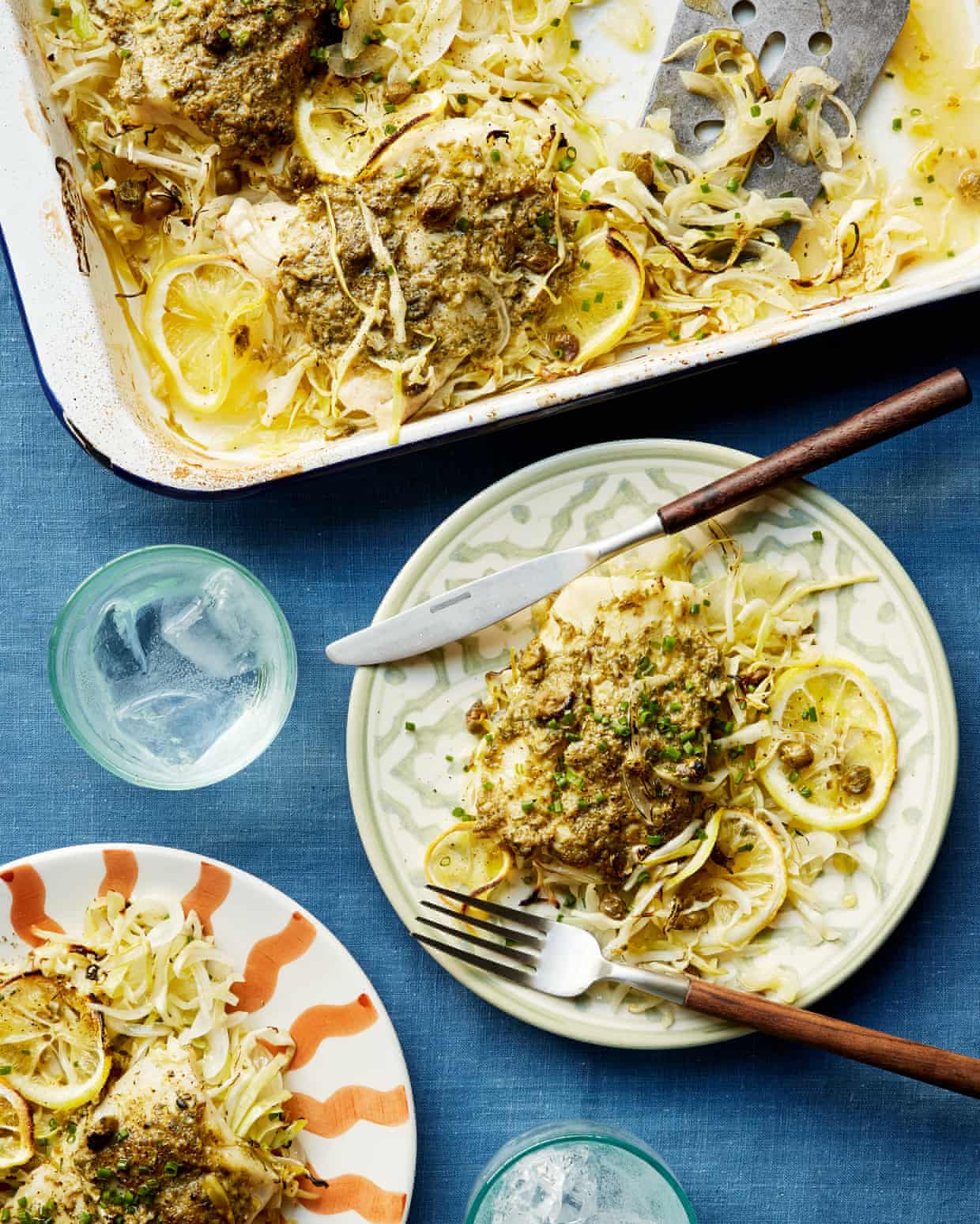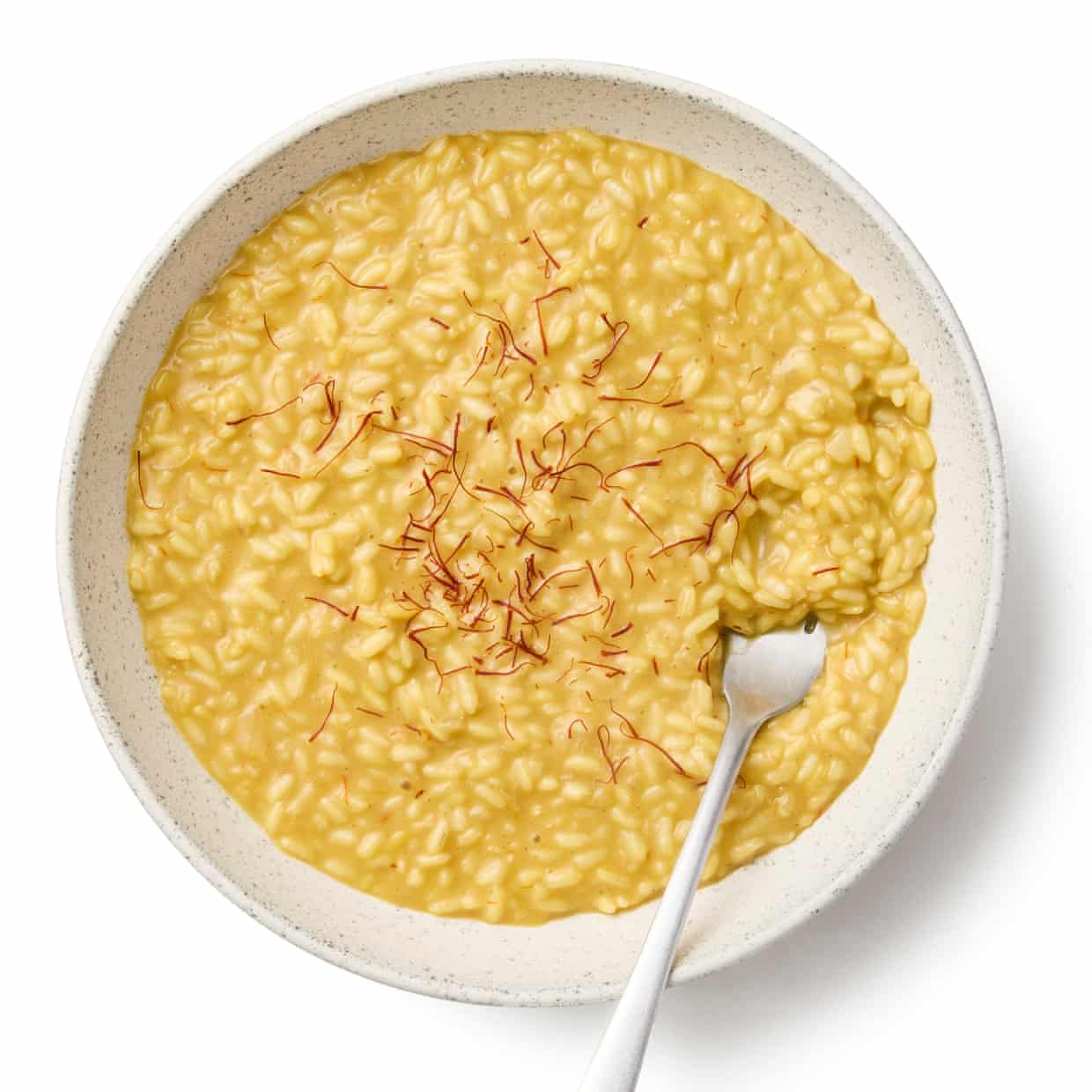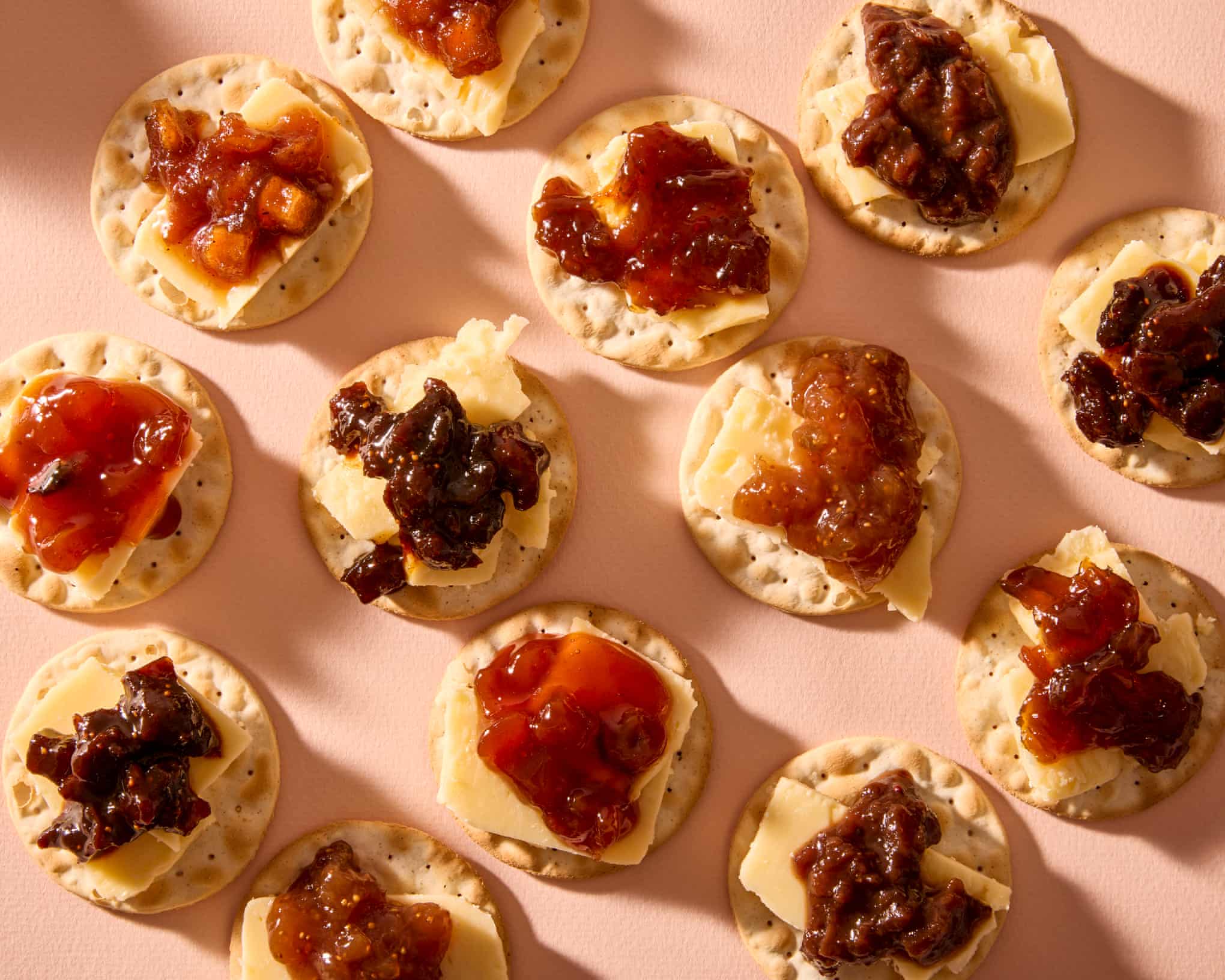Daly recalled to face Argentina as Borthwick makes six changes to England

Elliot Daly, Henry Slade, Ben Spencer and Asher Opoku-Fordjour have been named in a reshuffled England XV for their final autumn Test against Argentina on Sunday.Steve Borthwick has made six changes in total, with Ellis Genge and Luke Cowan-Dickie promoted from the bench.Daly will be on the left wing while Slade will line up at centre against the Pumas as the hosts look to register their 11th successive Test victory.Spencer takes over from Alex Mitchell at scrum-half while Opoku-Fordjour replaces Joe Heyes in the front row.Borthwick’s hand has been partly forced by injuries to Tom Roebuck, Ollie Lawrence and Tommy Freeman.
It has opened the way for Daly to make his first appearance since breaking his arm against the Queensland Reds on this year’s British & Irish Lions tour of Australia.The 33-year-old has yet to play a game for Saracens or England since his injury in June, but was cleared by a specialist to return to full training last week.Slade, meanwhile, has had to be patient this month but a hamstring injury to Lawrence has offered him an opportunity to partner Fraser Dingwall.The unavailability of Jamie George has also given his Saracens teammate Theo Dan a chance to shine off the bench while Bath’s Charlie Ewels is back in the matchday 23, with Chandler Cunningham-South not involved.England v Argentina, Allianz Stadium, 4.
10pm GMT, Sunday 23 NovemberSteward (Leicester); Feyi-Waboso (Exeter), Slade (Exeter), Dingwall (Northampton), Daly (Saracens); Ford (Sale), Spencer (Bath); Genge (Bristol), Cowan-Dickie (Sale), Opoku-Fordjour (Sale), Itoje (Saracens, capt), Coles (Northampton), Pepper (Bath), Underhill (Bath), Earl (Saracens).Replacements Dan (Saracens), Baxter (Harlequins), Stuart (Bath), Ewels (Bath), Curry (Sale), Pollock (Northampton), Mitchell (Northampton), M Smith (Harlequins).Borthwick said: “Last weekend gave us plenty to build on, and now the challenge is to push our performance further.Argentina play with emotion and physicality, and they’ve shown they can beat the best in world rugby this year.We know how dangerous they can be, and we are preparing for a fiercely contested Test match.
”England, though, are keen to give their fans more to shout about this weekend after their 33-19 win over New Zealand last Saturday.“We have felt exceptional support at Allianz Stadium throughout this series,” said Borthwick.“It provides a real lift for the players, and we hope to create lasting memories for our supporters on Sunday.”Sign up to The BreakdownThe latest rugby union news and analysis, plus all the week's action reviewedafter newsletter promotion

Georgina Hayden’s quick and easy recipe for roast hake with caper anchovy butter | Quick and easy
I love this one-tray dinner; it feels elegant but easy, and worthy of both a midweek meal and if you are entertaining. The punchy anchovy and garlic butter does all the hard work, and gives the impression of more effort than was actually exerted. But what to serve it with, I hear you ask? Well, it wouldn’t be out of place with creamy mashed potato, buttery polenta or a salad. Just make sure to baste the fish halfway through cooking, to get all the flavour and juices back into it.Prep 10 min Cook 30 min Serves 42 garlic cloves, peeled5 anchovies 4 tbsp capers ½ bunch chives 1 lemon 90g unsalted butter, cut into cubesSea salt and black pepper250g sweet heart cabbage, or other greens2 onions, peeled and halved2 tbsp olive oil4 150g hake or cod fillets, skinned and, if need be, pin-bonedHeat the oven to 220C (200C fan)/425F/gas 7

Sami Tamimi’s recipes for prawn and tomato stew with fregola, and herby quick-pickled vegetable salad
Hearty and warming, this prawn and tomato stew with fregola is a comforting bowl, with the fresh pesto brightening every bite. It pairs beautifully with a crisp, fragrant, quick-pickled vegetable salad; the freshness cuts through the richness of the stew perfectly. I’ve always loved leafy, lively salads, and I could honestly eat one with every meal, every day.Prep 20 min Cook 50 min Serves 4220g cherry tomatoes 60ml olive oil 1 large onion, peeled and finely chopped (180g)3 garlic cloves, peeled and crushed2cm piece fresh ginger, peeled and finely grated (15g)1 green chilli, finely chopped, seeds and all1½ tsp coriander seeds, lightly crushed in a mortar1 tsp cumin seeds, lightly crushed in a mortar6 cardamom pods, lightly bashed 15g dill, finely chopped2 tsp tomato paste400g tinned chopped tomatoes Salt and black pepper 120g fregola 400g frozen king prawns, defrosted, or fresh, peeled and deveinedFor the coriander pesto20g coriander, roughly chopped1 green chilli, finely chopped, seeds and all35g pine nuts, lightly toasted 3 tbsp olive oil1 lemon, zest finely grated to get 1½ tsp, then cut into wedges, to servePut a large saute pan on a high heat. Toss the tomatoes with a teaspoon of oil and, once the pan is very hot, add the tomatoes and cook, shaking the pan a few times, for about five minutes, until blistered and deeply charred all over

How to make risotto alla milanese – recipe | Felicity Cloake's Masterclass
Risotto alla milanese is, like the city it calls home, elegantly simple, but very rich. The saffron that gives the dish its striking colour is rightly expensive (it takes about 150 flowers to produce a mere gram), but you don’t need much and, though it’s often served alongside osso buco, I think it makes a fine meal on its own with a bitter-leaf salad.Prep 5 min Cook 30 min Serves 41 onion 75g butter, or 15g butter plus 60g bone marrow350g risotto rice (carnaroli, arborio, vialone nano)1 litre beef stock, or chicken or vegetable stock75ml dry white wine (see step 4)1 level tsp saffron threads75g finely grated parmesan, or grana padano or a vegetarian alternativePeel and finely chop the onion; the aim is for it almost to disappear into the dish, rather than remaining as distinct chunks, so take your time over doing this (you could substitute two shallots, if you prefer – their sweetness works particularly well with the flavour of the wine and cheese).Melt a generous tablespoon of the butter in a frying pan set over a medium-low heat, then fry the chopped onion until soft, golden and limp, but not coloured.Turn the heat up to medium-high, add the rice and fry, stirring constantly, until the grains are hot and starting to turn translucent around their edges

2210 By Natty Can Cook, London SE24: ‘Much more than just posh jerk chicken at fancy prices’ – restaurant review | Grace Dent on restaurants
There’s an attention to detail in every dish that makes this place more than fit for a special occasionIt’s 6pm in Herne Hill, south-east London, and I’ve popped out for some Caribbean food wearing fancy athleisure wear. Yoga trousers and a smart hoodie, but PE kit nonetheless. And, once I arrive at 2210 By Natty Can Cook, I realise I am severely underdressed.When chef Nathaniel Mortley announced that he was opening a restaurant that aimed to celebrate Caribbean culture “in style” and to win a Michelin star, his loyal Instagram following, as well as their families and friends, took the brief and dressed accordingly. As fancily plated ackee and saltfish spring rolls passed by, as well as a lot of rum punch, I rustled in my handbag for some bigger earrings and more makeup

‘Simple, well-crafted and excellent’: supermarket chutneys, tasted and rated | The food filter
Our resident taster dipped, spread and dolloped his way through 10 chutneys in time for Christmas, so you don’t get in a pickle choosing one for yourself The fair price for 14 everyday items, from cleaning spray to olive oilThe Guardian’s journalism is independent. We will earn a commission if you buy something through an affiliate link. Learn more.Chutney is a heritage recipe that’s been largely unchanged for a century, and some of the best versions are the simplest and most traditional. That said, even when it’s made on an industrial scale, chutney usually features just fruit, sugar, vinegar and perhaps some pectin

It’s not all about roasting on an open fire – there’s so much more you can do with chestnuts
If I’d ever spared a thought for how chestnuts – the sweet, edible kind, not the combative horsey sort – were harvested, I would probably have conjured rosy-cheeked peasants bent low in ancient forests and filling rough-hewn hessian sacks by hand. Back-breaking labour, sure, but so picturesque!I was delighted, therefore, while on a writing retreat in Umbria last month, to get the opportunity to watch an elderly couple manoeuvre a giant vacuum around their haphazard orchard, followed by their furious sheepdog. The fallen crop was sucked into a giant fan that spat their bristly jackets back out on to the ground, and the nuts then went to be sorted by other family members on a conveyor belt in the barn – the good ones to be sold in the shell, the less perfect specimens swiftly dropped into a bucket for processing.Later in the week, a lorry turned up in the village square to pick up bags from other small local producers, and that evening I roasted a pan of chestnuts on the fire with new appreciation, while loudly bemoaning the disappearance from the streets of London of the chestnut sellers of my childhood (though this makes me sound positively Dickensian, I can confirm that I’m talking about this century. Note also that Nigel Slater is less starry-eyed on the subject

‘No contract, no coffee’: what to know about the Starbucks workers’ strike in over 40 US cities

UK inflation dips to 3.6% despite accelerating food price growth – as it happened

TikTok to give users power to reduce amount of AI content on their feeds

Meta wins major US antitrust case and won’t have to break off WhatsApp or Instagram

Ashes 2025-26: Guardian writers’ predictions for the series

Daly recalled to face Argentina as Borthwick makes six changes to England